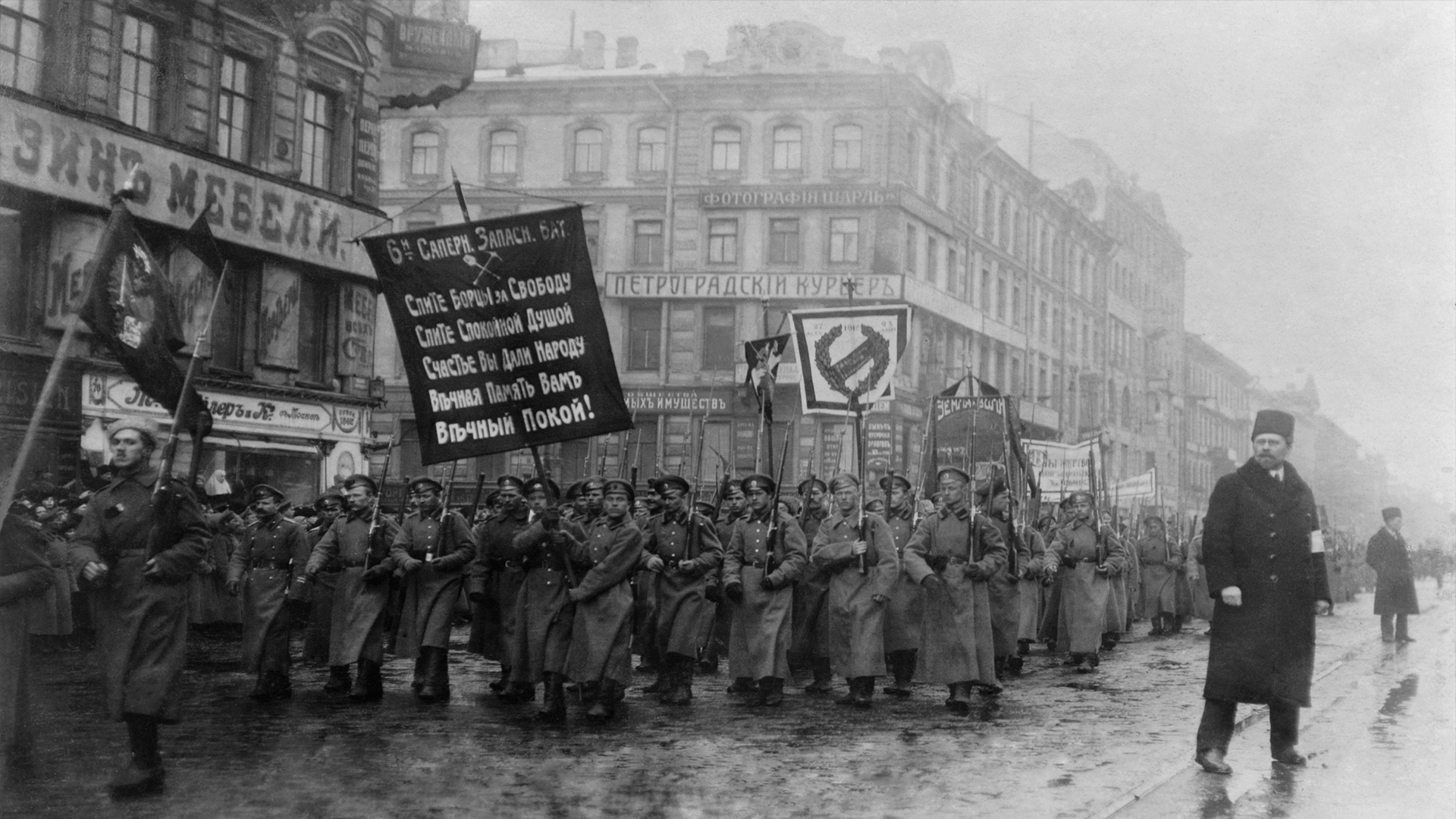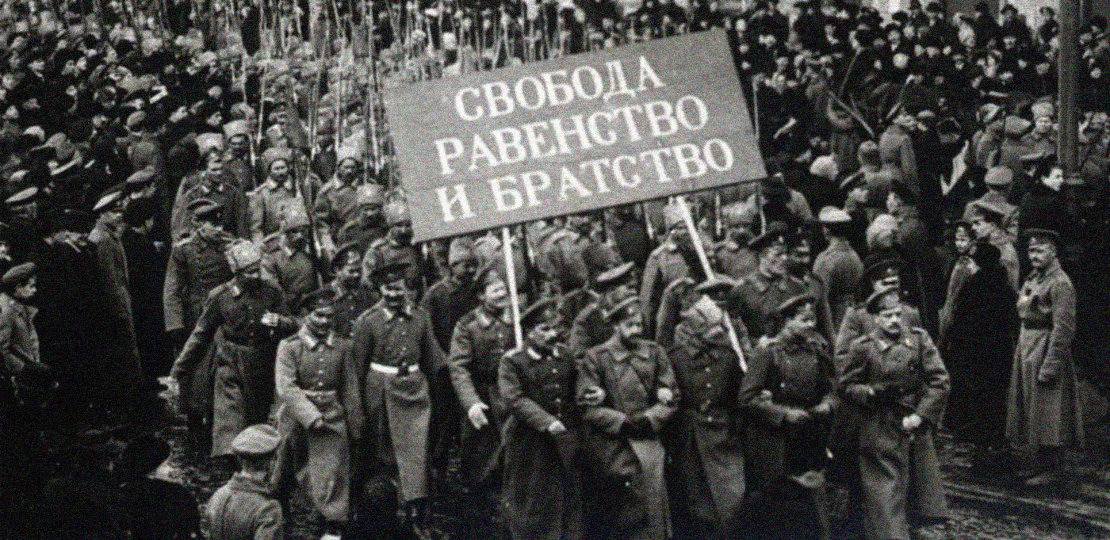The February Revolution of 1917 was an event that changed the course of Russian history. In the period from 23 (8) February to 3 (16) March 1917, the country was engulfed in fierce popular uprisings and strikes. The result was the fall of the autocratic system and the establishment of the power of the Provisional Government.
The main reasons for the February coup
The February coup began with spontaneous grain riots: in 1917, food supply interruptions occurred in the country and price increases intensified. But the true reasons that triggered the revolutionary events were deeper and had a historical background. Among them:
- dissatisfaction with the policy of the king and the lack of democratic reforms;
- difficult social and economic situation of workers and peasants;
- failures on the fronts of the First World War.

Key stages of the revolution
The grain riots broke out in Petrograd on February 21, 1917, and on February 23, a general strike of workers began there, to which students and peasants gradually joined. On February 27, soldiers en masse went over to the side of the rebels: clashes with the forces of the tsarist army escalated into an acute armed conflict. The revolutionaries took over government buildings and other significant sites in the city. The tsarist government was no longer able to resist the offensive and soon resigned.
On February 27, the Provisional Committee of the State Duma was formed under the leadership of M.V. Rodzianko and the Petrograd Soviet of Workers ‘and Soldiers’ Deputies. A system of dual power has developed in the country.
Results of the revolution
After the coup, the new leadership faced the task of organizing the socio-political and economic life of society. Class restrictions were abolished. Amnesty was announced for political prisoners and the death penalty was abolished. The workers were given the right to form trade unions and committees. Russia has embarked on a path of cardinal changes.

